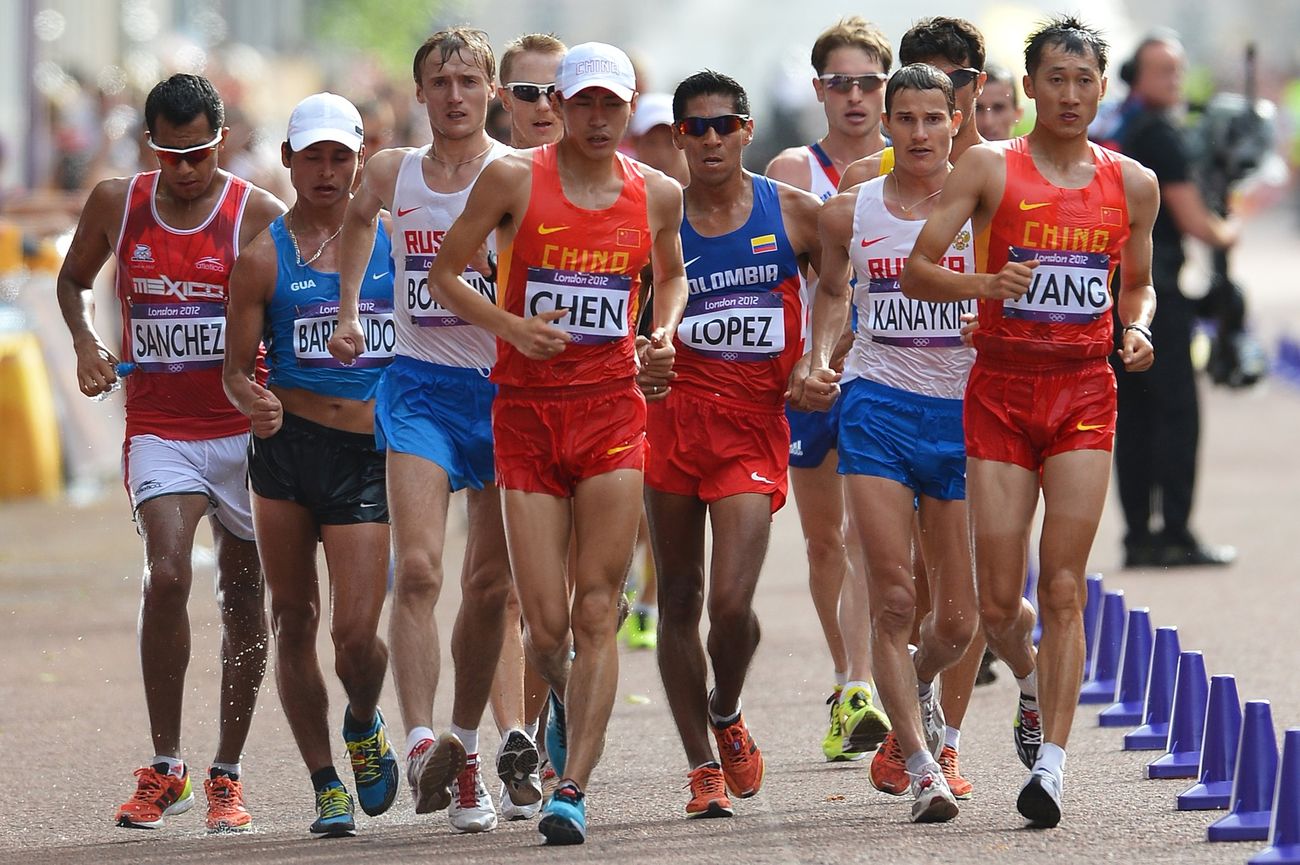
Race walking is a unique sport that combines the endurance of long-distance running with the technique of walking. Unlike regular walking, race walking has strict rules to ensure competitors maintain contact with the ground and keep their leading leg straight. This sport has been part of the Olympic Games since 1904, showcasing athletes' incredible stamina and precision. Race walking events range from 10 kilometers to 50 kilometers, testing both physical and mental endurance. Whether you're a sports enthusiast or just curious, these 25 facts will give you a deeper appreciation for this demanding yet fascinating athletic discipline.
What is Race Walking?
Race walking is a unique and fascinating sport that combines the endurance of long-distance running with the technique of walking. It has specific rules that differentiate it from regular walking and running.
-
Race walking is an Olympic sport. It has been part of the Summer Olympics since 1904 for men and 1992 for women.
-
Athletes must keep one foot in contact with the ground at all times. This rule distinguishes race walking from running.
-
The leading leg must be straightened when it makes contact with the ground. This technique helps prevent injuries and ensures fair competition.
-
Race walking events range from 10 kilometers to 50 kilometers. The 20-kilometer race is the most common distance in international competitions.
History of Race Walking
Understanding the history of race walking provides insight into how the sport has evolved over time.
-
Race walking originated in the 19th century. It began as a popular form of pedestrianism in England.
-
The first recorded race walking event took place in 1866. It was part of the British Amateur Athletic Club's championships.
-
Race walking was included in the first modern Olympic Games in 1904. The event was a 10-mile walk.
-
Women were allowed to compete in Olympic race walking in 1992. The event was a 10-kilometer walk.
Techniques and Training
Race walking requires specific techniques and rigorous training to excel.
-
Proper posture is crucial in race walking. Athletes must keep their backs straight and their arms bent at a 90-degree angle.
-
Hip rotation is a key technique. It helps increase stride length and maintain speed.
-
Race walkers train for hours each day. They focus on endurance, strength, and technique.
-
Cross-training is common among race walkers. Activities like swimming and cycling help improve overall fitness.
Famous Race Walkers
Several athletes have made significant contributions to the sport of race walking.
-
Robert Korzeniowski is one of the most successful race walkers. He won four Olympic gold medals for Poland.
-
Elena Lashmanova holds the world record for the women's 20-kilometer race walk. She set the record in 2012.
-
Jefferson Pérez is a notable race walker from Ecuador. He won the gold medal in the 20-kilometer walk at the 1996 Olympics.
-
Liu Hong is a prominent Chinese race walker. She has set multiple world records in the 20-kilometer walk.
Health Benefits of Race Walking
Race walking offers numerous health benefits, making it a great exercise option.
-
Race walking improves cardiovascular health. It helps lower blood pressure and reduce the risk of heart disease.
-
It strengthens muscles and bones. The sport engages various muscle groups, promoting overall strength.
-
Race walking aids in weight management. It burns calories and helps maintain a healthy weight.
-
The sport enhances mental well-being. Regular exercise releases endorphins, reducing stress and anxiety.
Race Walking Competitions
Race walking competitions are held worldwide, attracting athletes of all levels.
-
The World Athletics Championships feature race walking events. They include the 20-kilometer and 50-kilometer walks.
-
The IAAF Race Walking Challenge is an annual series of events. It provides a platform for elite race walkers to compete.
-
National championships are held in many countries. These events help identify top talent and promote the sport.
-
Race walking is also part of the Paralympic Games. Athletes with disabilities compete in various race walking events.
-
Local and regional races are common. They offer opportunities for amateur race walkers to participate and improve their skills.
Final Steps
Race walking is more than just a quirky Olympic event. It’s a sport that demands endurance, technique, and mental toughness. From its origins in the 19th century to its current status in international competitions, race walking has a rich history. Athletes must adhere to strict rules, ensuring one foot is always in contact with the ground. This unique requirement sets it apart from other forms of racing.
Training for race walking involves a mix of strength, flexibility, and cardio workouts. It’s not just about speed; it’s about maintaining form and avoiding penalties. Whether you’re a seasoned athlete or a curious spectator, understanding these facts can deepen your appreciation for this fascinating sport. So next time you see race walkers in action, you’ll know just how much skill and dedication goes into every step.
Was this page helpful?
Our commitment to delivering trustworthy and engaging content is at the heart of what we do. Each fact on our site is contributed by real users like you, bringing a wealth of diverse insights and information. To ensure the highest standards of accuracy and reliability, our dedicated editors meticulously review each submission. This process guarantees that the facts we share are not only fascinating but also credible. Trust in our commitment to quality and authenticity as you explore and learn with us.


